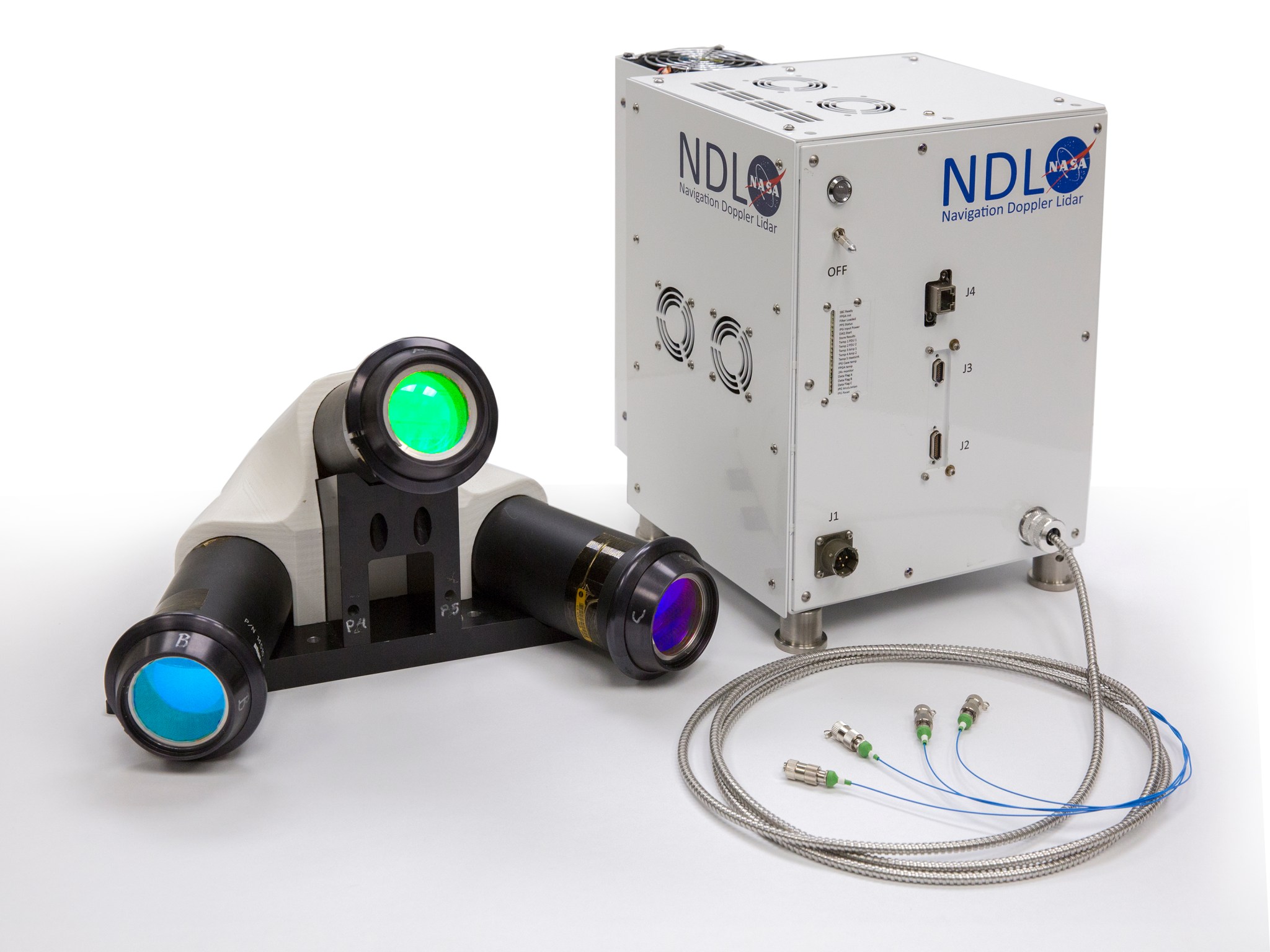As NASA pushes the frontiers of science and human exploration, the agency also advances technology to modernize life on Earth, including drones, self-driving cars and other innovations.
NASA’s diverse missions spur the creation and improvement of thousands of new products that make life better for people around the world. Dozens of the latest examples are featured in the newest edition of NASA’s Spinoff publication, including several from NASA’s Langley Research Center in Hampton, Virginia, and many illustrating how NASA is working to shape the coming revolution of autonomous vehicles on the roads and in the air.
“NASA engineers, scientists and technologists innovate the tools we need for the Artemis missions to the Moon and exploration beyond, but our mission also is here on Earth,” said Jim Reuter, associate administrator of the agency’s Space Technology Mission Directorate (STMD). “Whether it’s a new application for a technology created for space or our extensive work to modernize and innovate aeronautics, our work has had immense benefits for all kinds of transportation technology on Earth – not to mention in the realms of medicine, the environment and public safety.”
In this issue of Spinoff, readers will learn about Langley’s contributions to:
· A special 3D imager with a global shutter flash lidar that’s helping NASA sample an asteroid and could soon help cars safely navigate the road.
· Navigational Doppler Lidar, an instrument developed to land spacecraft safely, that could help self-driving cars successfully navigate rush-hour traffic.
· A weight-estimating software that is helping design urban air taxis.
· Unique sensors that are improving aerodynamic design and aircraft performance.
· A new laser that enables precise measurements for weather forecasting.
· A swarming technology that will let drones work cooperatively to monitor crops and infrastructure and could improve military training.
· And a new software that can help reduce uncertainty in complex systems used to validate autonomous systems for planes and drones. It can also predict how drug molecules might behave in the body.
“Technology is a means to an end. But sometimes there are more ends than anticipated, and the technology created for one purpose here at NASA finds new life in applications for U.S. industry and daily life,” said Daniel Lockney, executive of NASA’s Technology Transfer program. “As a result, NASA technology doesn’t just improve quality of life on the ground – it also creates jobs, saves money and even saves lives.”
The publication also includes a “Spinoffs of Tomorrow” section, which highlights 20 NASA technologies available for license, including a nanosensor array that can diagnose illness by scent, a drought assessment and prediction system, and a computer monitoring system that alerts when hackers try to infiltrate.
Spinoff highlights the many successes of the agency’s Technology Transfer program within STMD, which is charged with finding the widest possible applications for NASA technology through partnerships and licensing agreements with industry, ensuring that NASA’s investments in its missions and research find additional applications that benefit the nation and the world.
Print and digital versions of the latest issue of Spinoff are available at:
An iPad version, including shortened versions of the stories, multimedia and interactive features, is also available for download in the iTunes store.
For more information about NASA’s Technology Transfer program, visit:
-end-
Kristyn Damadeo
Langley Research Center, Hampton, VA
757-864-1090
kristyn.damadeo@nasa.gov
Clare Skelly
Headquarters, Washington
202-358-4273
clare.a.skelly@nasa.gov





























